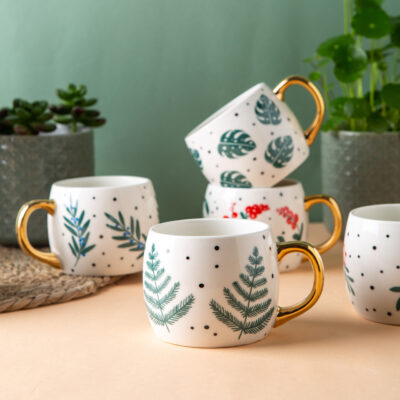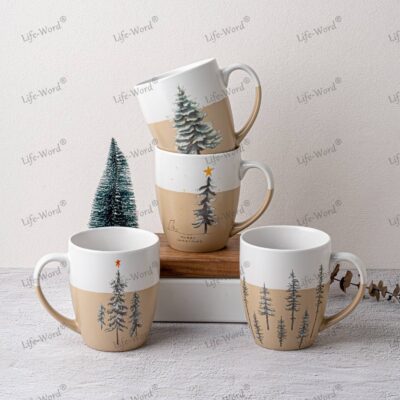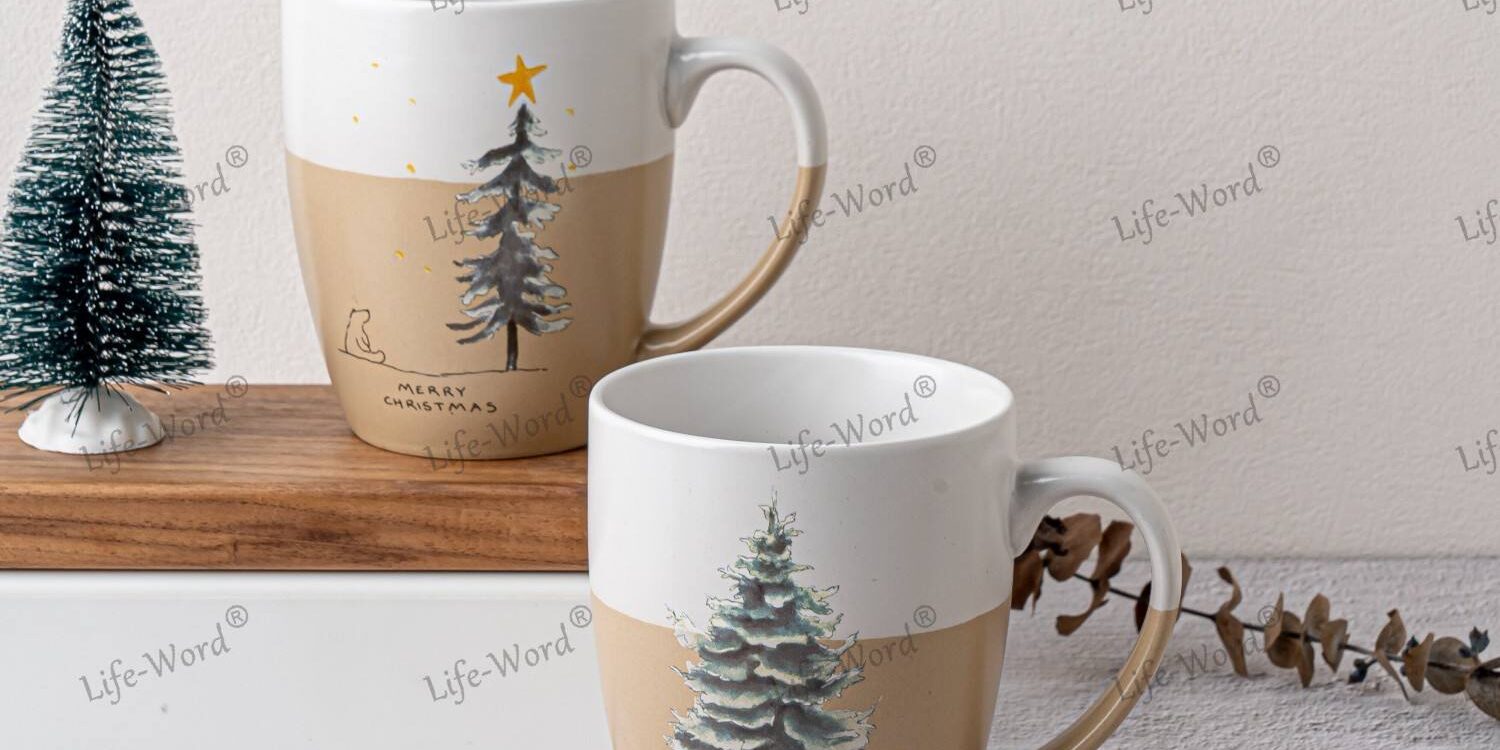When sourcing mugs for café or restaurant chains, the choice of material goes far beyond aesthetics. It affects everything from durability and heat retention to printing results and customer experience. Below, we break down the three most common materials—ceramic, glass, and stainless steel—and explain how to choose the right one for your business.
☕ 1. Ceramic Mugs: Classic Appeal and Brand Versatility
Ceramic mugs remain the top choice for most café chains. They are affordable, durable, and provide an excellent surface for logo printing and custom glaze finishes. Ceramic retains heat longer than glass, which enhances the drinking experience for hot beverages like cappuccinos or lattes.
If your brand values warmth and handcrafted aesthetics, ceramic is the go-to choice. Moreover, ceramic mugs can be Pantone-matched to your brand color, and you can even add embossed or matte glaze finishes for a premium look.
For businesses looking for consistent quality and OEM logo options, partnering with a professional Ceramic Mug Supplier ensures stable color control and fast sampling for large chains.
🧊 2. Glass Mugs: Transparency Meets Sophistication
Glass mugs are ideal for beverages that benefit from visual presentation—think layered lattes or fruit teas. They elevate the perception of freshness and transparency, aligning well with modern café aesthetics.
When purchasing glass mugs in bulk, check for borosilicate or tempered soda-lime glass options, which provide higher resistance to temperature shock. You should also consider handle ergonomics and rim thickness for comfort and breakage prevention.
Cafés with open-bar concepts often choose glass mugs for visual storytelling—seeing the drink is part of the experience. However, note that while glass offers clarity, it’s more fragile and may require more careful packaging and logistics control.
🔩 3. Stainless Steel Mugs: Durability for Outdoor or To-Go Concepts
Stainless steel mugs are the workhorses of the beverage world. With double-wall insulation, they maintain beverage temperatures for hours, making them perfect for outdoor cafés or takeaway brands.
When evaluating stainless steel options, focus on wall thickness, insulation type (vacuum vs. single), and lid sealing efficiency. These technical parameters directly impact thermal performance and cost.
While ceramic and glass mugs focus on aesthetics, stainless steel mugs emphasize functionality and portability. Some cafés even offer branded stainless steel mugs as part of eco-friendly loyalty programs to encourage reusability.
💡 4. MOQ, Lead Times, and Printing Considerations
For café chains expanding regionally, balancing MOQ (minimum order quantity) and customization flexibility is crucial.
-
MOQ Range: Usually between 500–3,000 units depending on material.
-
Printing Options: Decal, sublimation, or screen printing based on surface type.
-
Lead Time: 25–40 days typical for bulk orders after sample confirmation.
Working directly with a Mug Supplier allows for centralized production, synchronized packaging standards, and better logistics coordination—particularly if your business plans multi-country rollouts.
🧾 5. Final Thoughts
Each material has its own strengths:
-
Ceramic mugs — ideal for in-store experience and affordable branding.
-
Glass mugs — perfect for aesthetic presentations and specialty drinks.
-
Stainless steel mugs — durable, portable, and eco-friendly.
For most café chains, a mix of ceramic and stainless steel models offers the best blend of brand identity and practicality. Before finalizing, always review test reports (such as LFGB or FDA) and conduct trial runs with your supplier’s QC team to ensure long-term satisfaction.





















